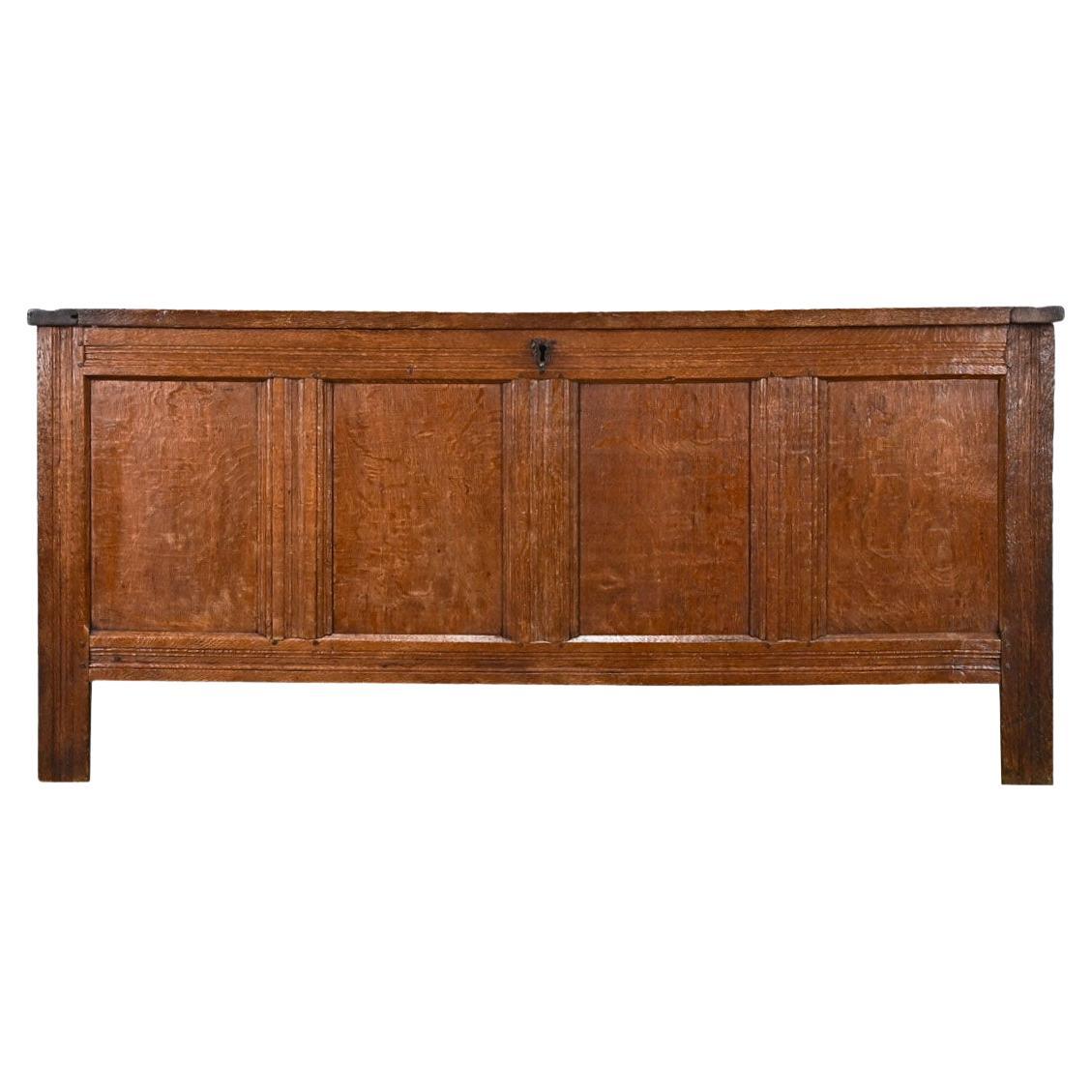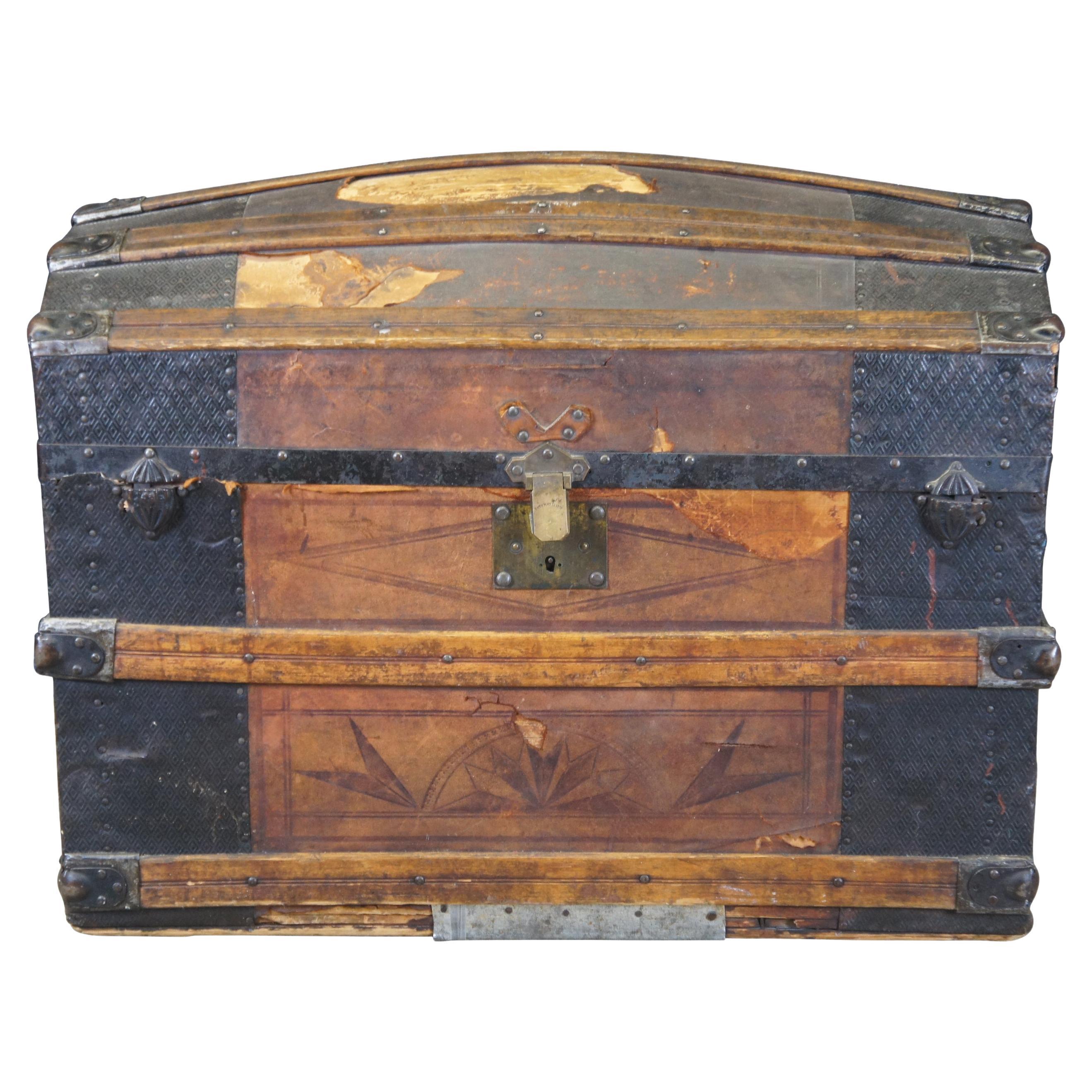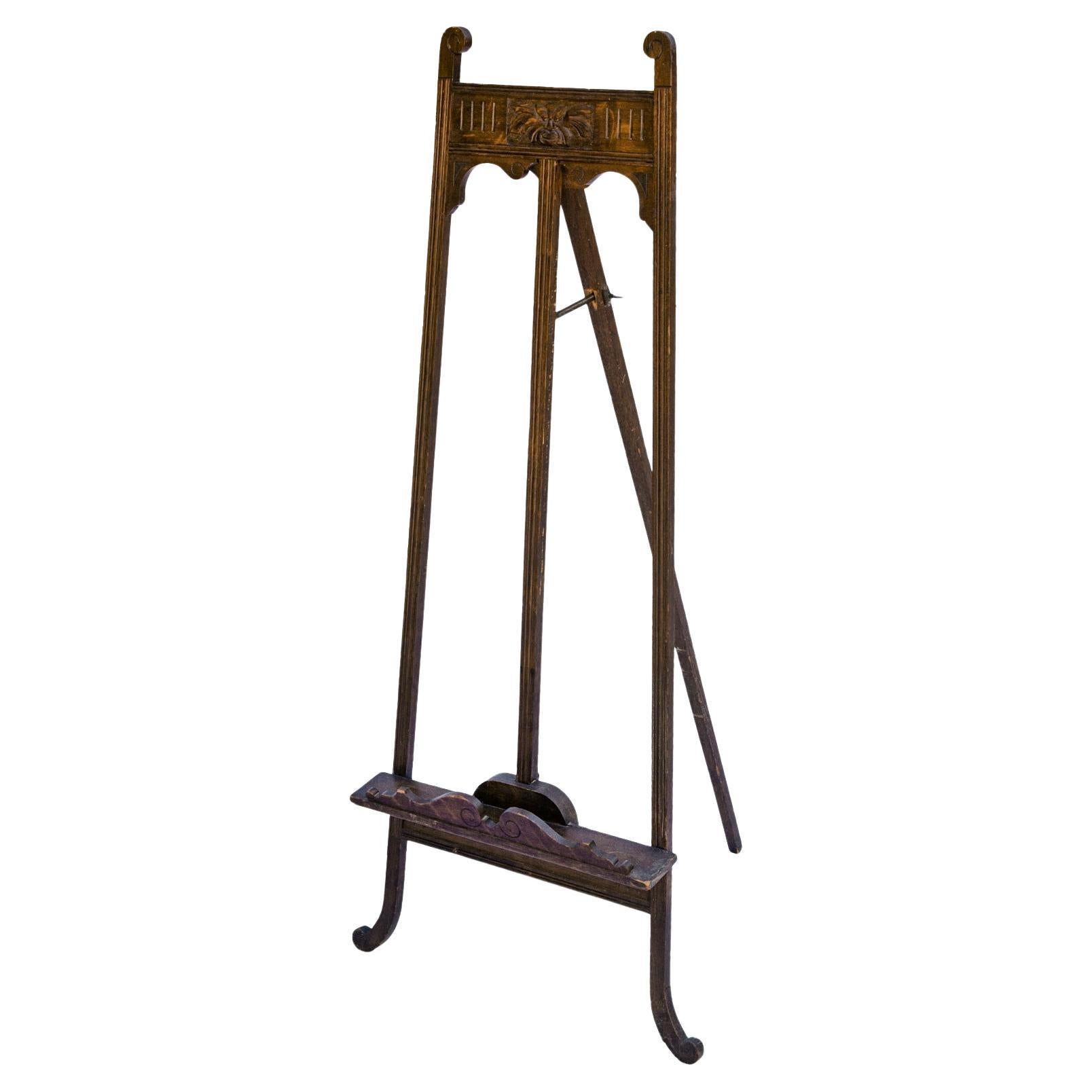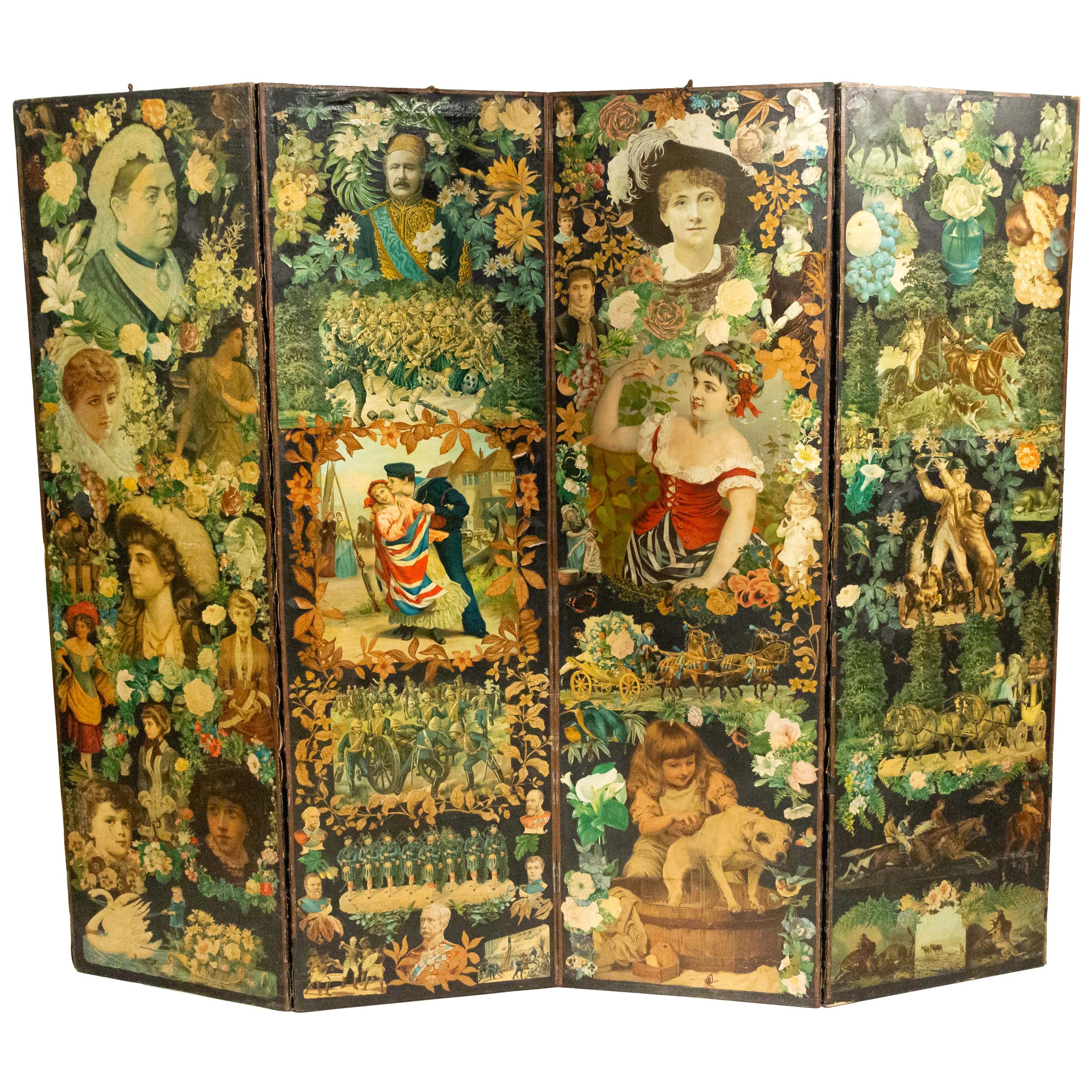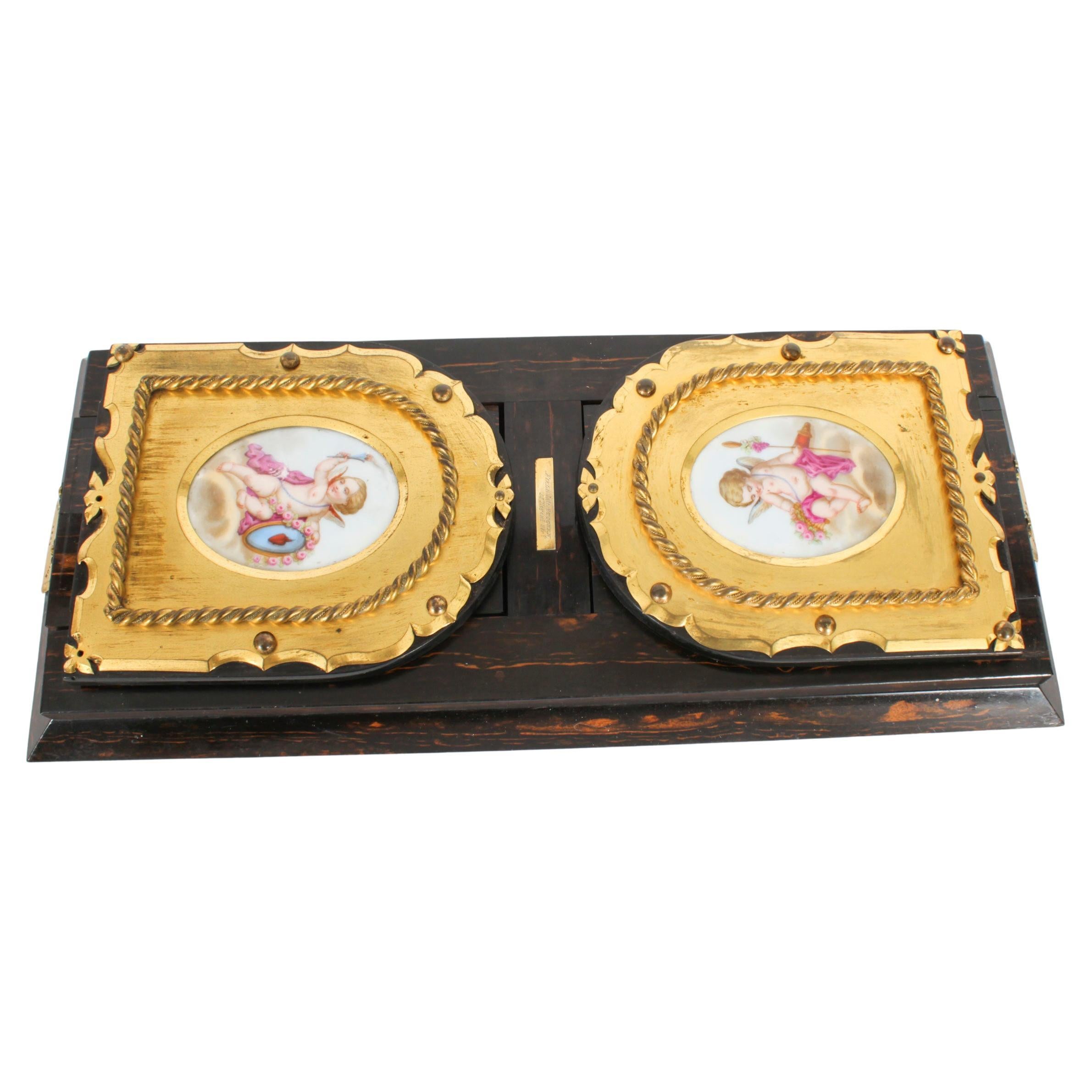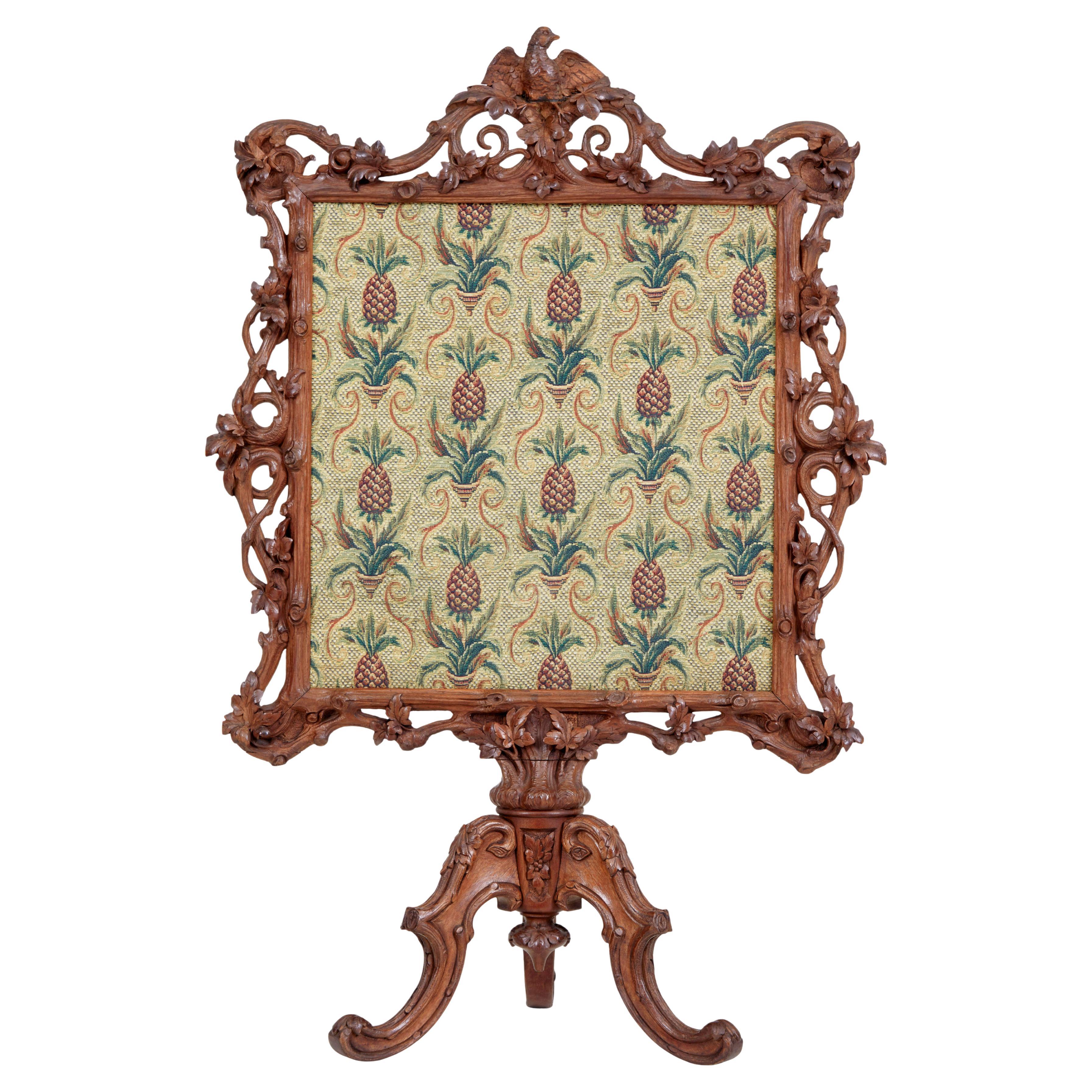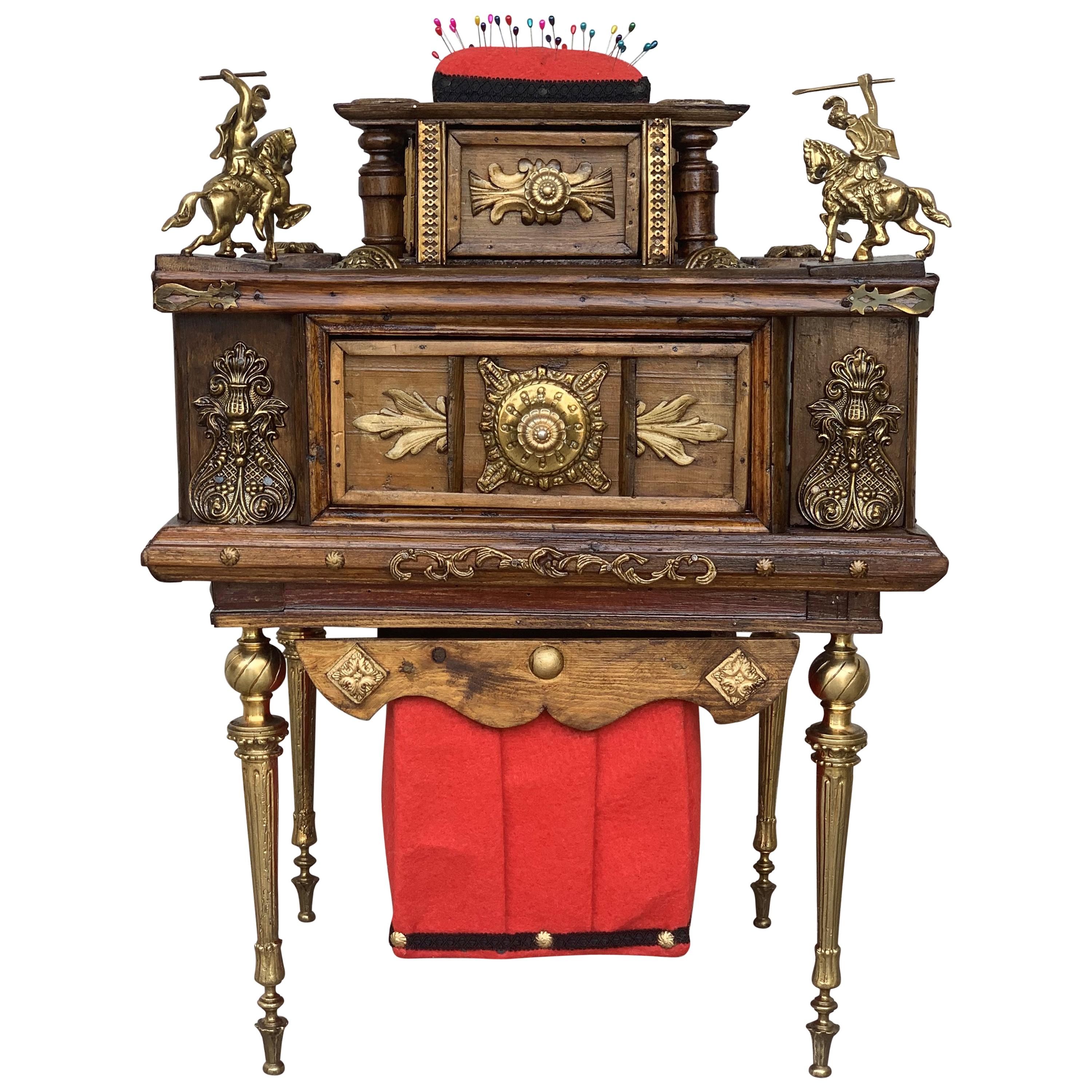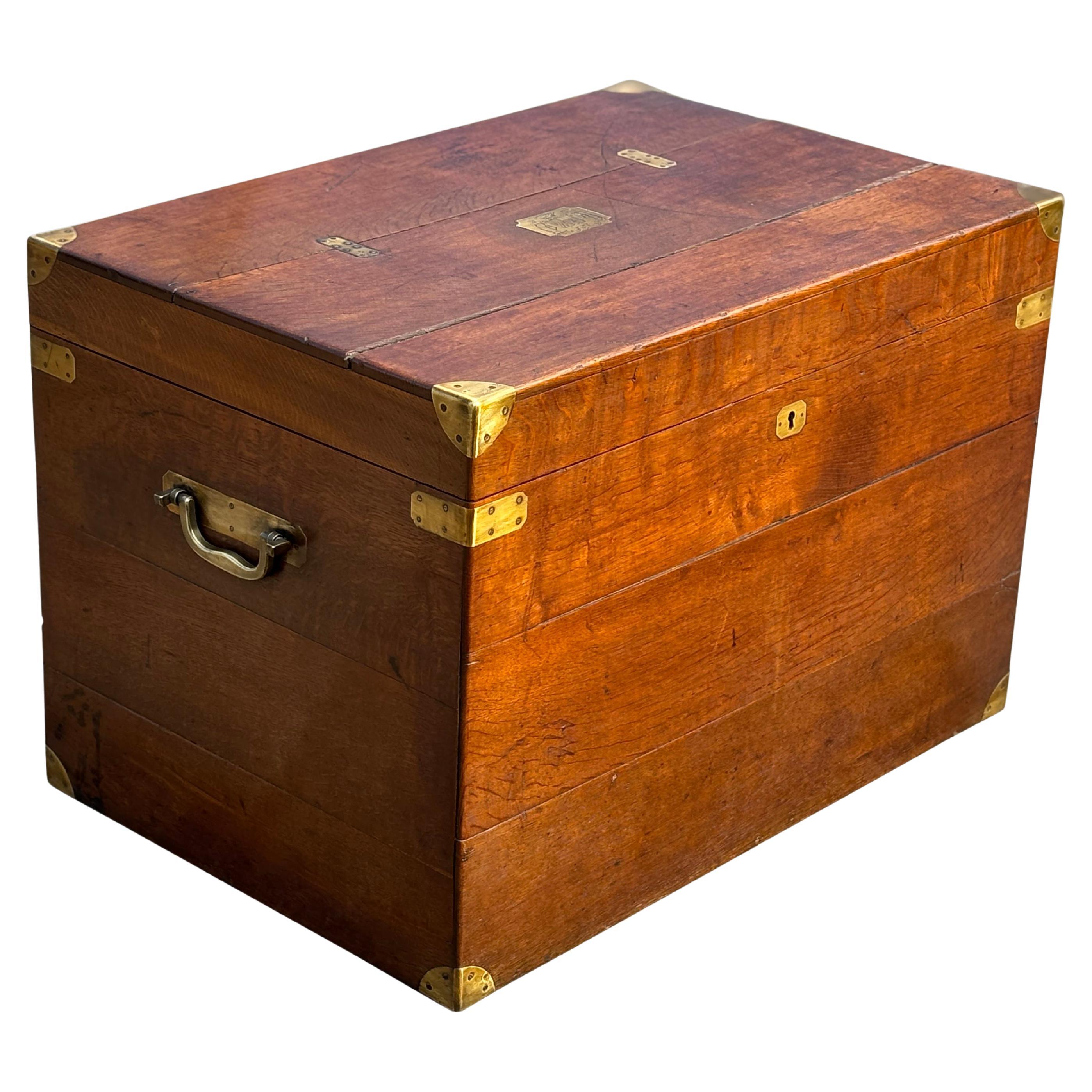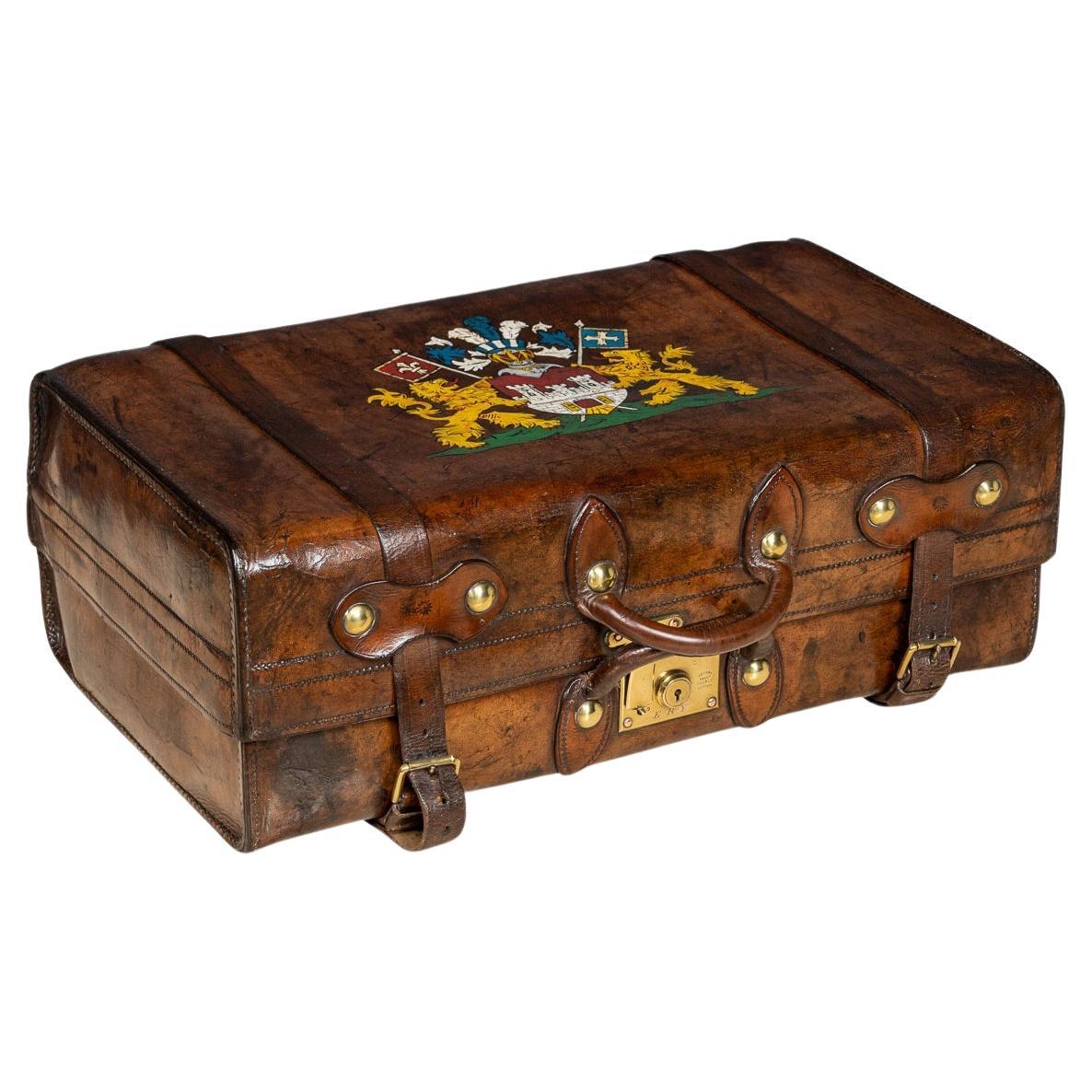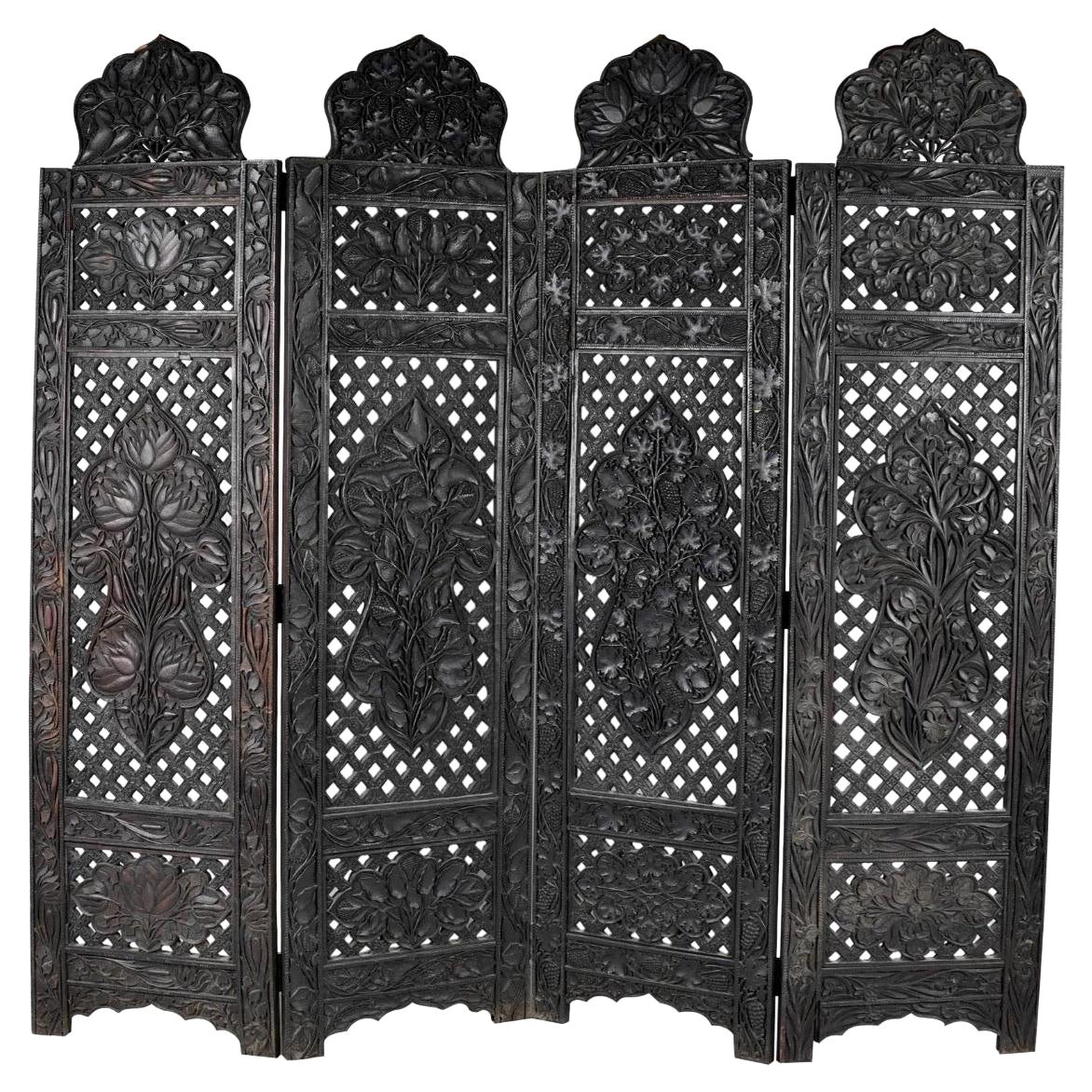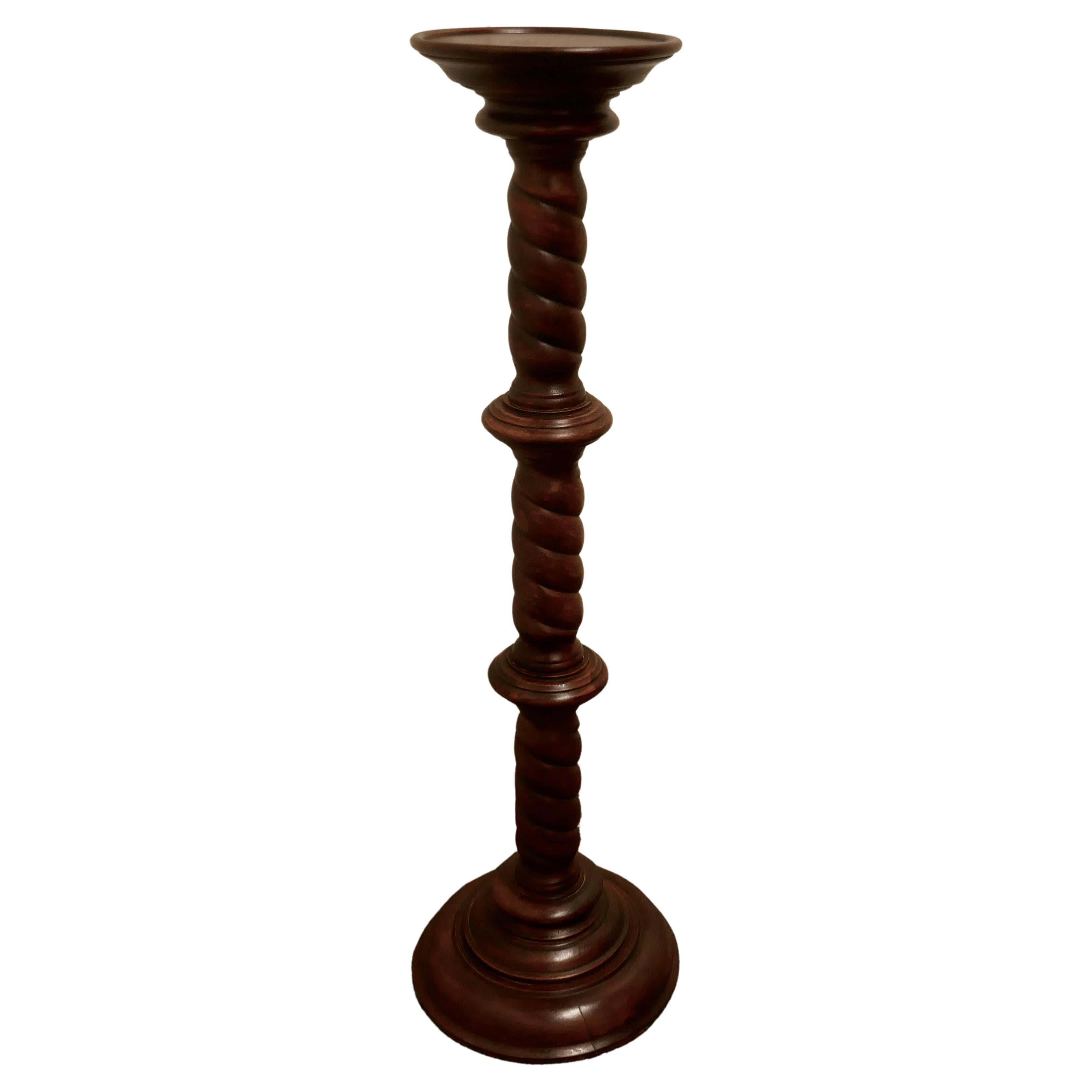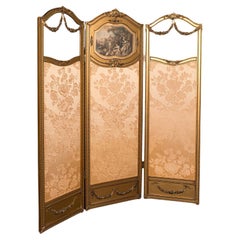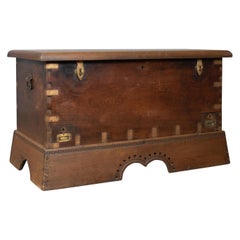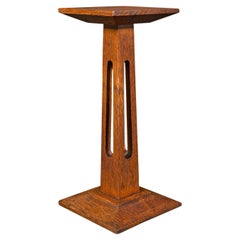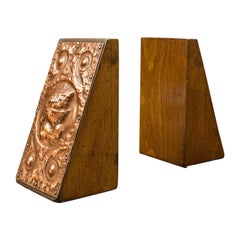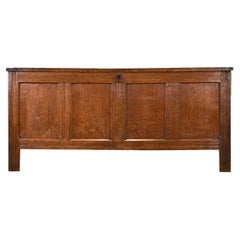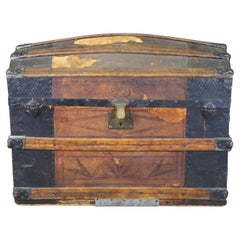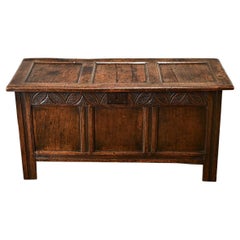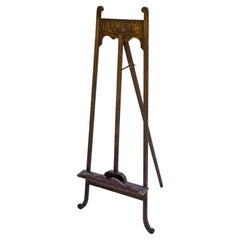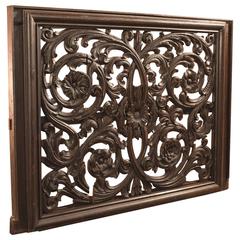
19th Century Antique Carved Wall Panel, Victorian, Oak
View Similar Items
Want more images or videos?
Request additional images or videos from the seller
1 of 9
19th Century Antique Carved Wall Panel, Victorian, Oak
$1,392.54List Price
About the Item
- Dimensions:Height: 43.51 in (110.5 cm)Width: 55.91 in (142 cm)Depth: 3.55 in (9 cm)
- Style:Victorian (Of the Period)
- Materials and Techniques:
- Place of Origin:
- Period:
- Date of Manufacture:circa 1875
- Condition:Wear consistent with age and use. Minor losses.
- Seller Location:Hele, Devon, GB
- Reference Number:Seller: R07451stDibs: LU264537120483
About the Seller
5.0
Platinum Seller
Premium sellers with a 4.7+ rating and 24-hour response times
Established in 2005
1stDibs seller since 2017
1,013 sales on 1stDibs
Typical response time: 1 hour
Authenticity Guarantee
In the unlikely event there’s an issue with an item’s authenticity, contact us within 1 year for a full refund. DetailsMoney-Back Guarantee
If your item is not as described, is damaged in transit, or does not arrive, contact us within 7 days for a full refund. Details24-Hour Cancellation
You have a 24-hour grace period in which to reconsider your purchase, with no questions asked.Vetted Professional Sellers
Our world-class sellers must adhere to strict standards for service and quality, maintaining the integrity of our listings.Price-Match Guarantee
If you find that a seller listed the same item for a lower price elsewhere, we’ll match it.Trusted Global Delivery
Our best-in-class carrier network provides specialized shipping options worldwide, including custom delivery.More From This Seller
View AllAntique 3 Panel Dressing Screen, French, Giltwood, Room Divider, Victorian, 1900
Located in Hele, Devon, GB
This is an antique three panel dressing screen. A French, giltwood and glass room divider, dating to the late Victorian period, circa 1900.
Strikingly decorative screen with great c...
Category
Antique Late 19th Century French Late Victorian Screens and Room Dividers
Materials
Giltwood
Antique Dowry Chest, Burmese, Teak, Trunk, 19th Century, circa 1890
Located in Hele, Devon, GB
This is an antique dowry chest, a Burmese, teak trunk dating to the late 19th century, circa 1890.
Attractive Burmese dowry chest
Stout teak co...
Category
Antique 19th Century Burmese Trunks and Luggage
Materials
Teak
Small Antique Display Pedestal, English, Oak, Jardiniere, Bust Stand, Victorian
Located in Hele, Devon, GB
This is a small antique display pedestal. An English, oak jardiniere or bust stand, dating to the late Victorian period, circa 1900.
Appea...
Category
Antique Late 19th Century British Late Victorian Obelisks
Materials
Oak
Pair, Antique Maritime Bookends, Continental, Copper, Oak, Book Rest, Victorian
Located in Hele, Devon, GB
This is a pair of antique maritime bookends. A Continental, copper plated oak book rest in Arts & Crafts taste, dating to the late Victorian period, circa 1890.
Invokes the age of ...
Category
Antique Late 19th Century European Victorian Bookends
Materials
Copper
Antique Privacy Screen, English, Handpainted, 3 Panel Room Divider, Victorian
Located in Hele, Devon, GB
This is an antique privacy screen. An English, handpainted pine 3 panel room divider in Japanese taste, dating to the Victorian period and later...
Category
Antique Late 19th Century British Screens and Room Dividers
Materials
Pine
Antique Gothic Revival Novel Slide, Scottish Oak, Extending Book Rest, Victorian
Located in Hele, Devon, GB
This is an antique Gothic revival novel slide. A Scottish, oak and silvered brass extending book rest, dating to the late Victorian period, circa 1900.
Accentuate your reading corn...
Category
Antique Late 19th Century British Late Victorian Bookends
Materials
Oak
You May Also Like
Dutch 19th Century Oak Paneled Coffer
Located in Baton Rouge, LA
A solid oak paneled coffer from the Netherlands, circa 1800. This sturdy trunk has a paneled design on its top, facade, and side panels with a wonderful grain pattern and patina gain...
Category
Antique 19th Century Dutch Other Trunks and Luggage
Materials
Oak
19th Century Antique Victorian Tooled Leather & Oak Dome Top Steamer Trunk Chest
Located in Dayton, OH
A large and impressive Victorian era dome top steamer trunk, circa 1870s. Features a tooled leather and oak frame with geometric diamond pattern...
Category
Antique 1870s Victorian Trunks and Luggage
Materials
Metal
$800 Sale Price
20% Off
Dutch 19th Century Solid Carved Oak Coffer
Located in Baton Rouge, LA
This Dutch solid oak paneled and carved coffer is from the 1800’s. The sturdy trunk opens on hand forged iron hinges to a wide open interior with a candle box in the top right. Clean...
Category
Antique 19th Century Dutch Other Trunks and Luggage
Materials
Oak
Early 19th Century English Oak Carved Easel
Located in Malibu, CA
English oak easel with hand carved lion head & scroll work.
Original adjustable hardware.
Category
Antique Early 19th Century English Renaissance Revival Ladders
Materials
Oak
$906 Sale Price
30% Off
19th Century Victorian Decoupage Screen
Located in Queens, NY
English Victorian (19th Century) painted and decoupage 2-sided 4-panel screen with scenes and figures.
Some wear and flaking on paper decals
Category
Antique Late 19th Century Late Victorian Screens and Room Dividers
Materials
Wood, Paper
Antique Victorian Betjemann's Porcelain Coromandel Book Slide, 19th Century
By Betjemanns & Sons
Located in London, GB
This is a high quality antique Victorian coromandel porcelain inset adjustable book slide, by Betjemann's, 19th century and circa 1870 in date.
It is made of stunnning coromandel and features a pair of oval gilt brass mounts enclosing porcelain reserves of seated cherubs, and it is wonderfully decorated with stupendous ormolu mounts decorated with rope detail.
This amazing book slide bears the engraved brass plaque.
FIELD late STOCKEN
53 Regent Street
It was made by the renowned maker of patented mechanisms, Betjemann's of Pentonville Road, London, and bears their engraved plaque name and patent number 5329.
It is a delightful object which will display your favourite books beautifully.
Condition:
In excellent condition. As an antique items, the pieces shows signs of use commensurate with age, these minor condition issues are mentioned for accuracy and, as seen in the accompanying photographs, the slide displays beautifully.
Dimensions in cm:
Height 5.5 x Width 41 x Depth 18 - Closed
Height 20 x Width 67 x Depth 18 - Open
Dimensions in inches:
Height 2 inches x Width 1 foot, 4 inches x Depth 7 inches - Closed
Height 8 inches x Width 2 foot, 2 inches x Depth 7 inches - Open
Betjemann & Sons
From 1859, based at 36-40 Pentonville Road, London, George Betjemann amd his two sons took the art of cabinet, box and book slide making to new heights. They specialised in designs for operating the way that different compartments in vanity boxes opened and also the sprung system for book slides.
Pietra dura is a term for the inlay technique of using cut and fitted, highly polished coloured stones to create images. It is considered a decorative art.
Pietre dure is an Italian plural meaning "hard rocks" or hardstones; the singular pietra dura is also encountered in Italian. In Italian, but not in English, the term embraces all gem engraving and hardstone carving, which is the artistic carving of three-dimensional objects in semi-precious stone, normally from a single piece, for example in Chinese jade.
The traditional convention in English has been to use the singular pietra dura just to denote multi-colored inlay work. However, in recent years there has been a trend to use pietre dure as a term for the same thing, but not for all of the techniques it covers, in Italian.
But the title of a 2008 exhibition at the Metropolitan Museum of Art, New York, Art of the Royal Court: Treasures in Pietre Dure from the Palaces of Europe used the full Italian sense of the term, probably because they thought that it had greater brand recognition. The material on the website speaks of objects such as a vase in lapis lazuli as being examples of "hardstone carving (pietre dure)"
The Victoria & Albert Museum in London uses both versions on its website, but uses pietra dura. "A method of inlaying coloured marbles or semi-precious stones into a stone base, often in geometric or flower patterns...."
Giovanni...
Category
Antique 1870s English Victorian Bookends
Materials
Brass
